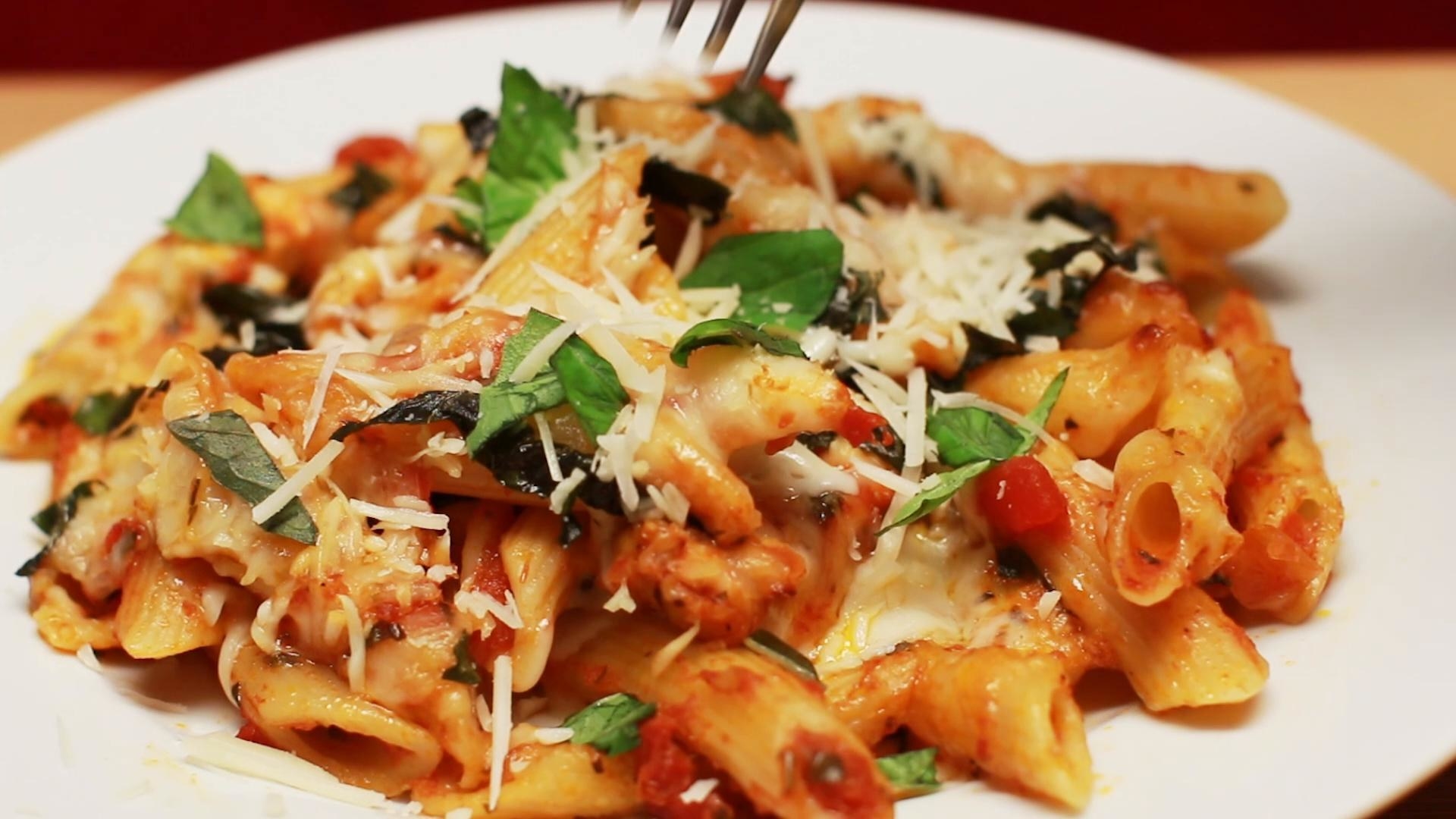Making homemade baby food is not difficult. It is economically friendly and healthier than purchasing commercially prepared food for your baby. Baby https://thetastyworld.com/ recipes range from puree to recipes incorporating table food into recipes for baby. It takes less time than you think to create fresh, healthy baby food. Making homemade food assures you and your baby no preservatives are used and baby is only getting nutritious and tasty food.
Before making food for your baby, consult with your pediatrician, especially if this is the first somewhat solid food the baby will be eating. Your pediatrician will suggest foods to introduce to the baby and what foods should be eaten at specific ages or signs of maturing. If you choose fruits, vegetables and meat you like; your pediatrician may suggest better alternatives for different age groups.
Unless your baby displays a serious reaction to a certain food the first time they experience it, offer the baby the same food 4 days in a row. This method will allow time for a food allergy to manifest and will help determine the food the baby likes and dislikes. There will be some foods the baby will refuse to eat because of its taste, texture or smell, or even a combination of the three. It is not important for a baby to like everything offered. It is important the baby gets the right food with the proper nutrients. It is never a good idea to introduce a baby to more than one new food at a time for allergy discovering purposes.
Preparing the food ahead of time will be a tremendous time saver. A large quantity of food can be frozen in individual containers for future use. For example, the food can be frozen in ice cube trays and then transferred to another container for continued freezing. That method gives you baby food in easy to serve portions. The frozen portions will thaw quickly when set out on the counter or thawed in a microwave or submerging the container of hot water.
When preparing homemade baby food, always make sure your hands are clean, as well as the food preparation surface, pots or pans and cooking utensils. Wash fruits and vegetables thoroughly before preparing the baby food, and if meat is being prepared, rinse the meat with room temperature water. Always be sure the baby food containers are clean and sterilized for baby’s protection.
Always put a date on the homemade baby food container and store it properly. Refrigerate or freeze the baby food for future use, after preparation. Freeze the baby food in small quantities and only thaw one portion at a time. Do not refreeze any leftover baby food. After a feeding session, any food left in the dish should be discarded.
When serving baby food, make sure the food is room temperature to slightly warm. If the food is heated in a microwave, stir the food thoroughly to make sure there are not hot spots that could potentially burn your baby’s mouth.
After rice based cereal, your baby will most likely move on to pureed fruits, vegetables and meat. Until you know what your baby will like, buy small quantities of fruits, vegetables and meat, unless other family members consume lots of fruits, vegetables and meat. After proper washing cut the fruit and vegetables in half and either boil, steam or bake them. If they are baked, place those in a baking dish with enough water to almost cover the dish contents. Vegetables and fruit can be peeled before or after cooking.
Small vegetables such as corn, peas and lima beans do not need to be halved. Bananas can just be mashed and not cooked at all unless that is your preference. Frozen peas are much easier to prepare than fresh peas. If preparing meat, make sure all traces of fat are removed and when cooked, make sure the meat is well done with no trace of pink.


